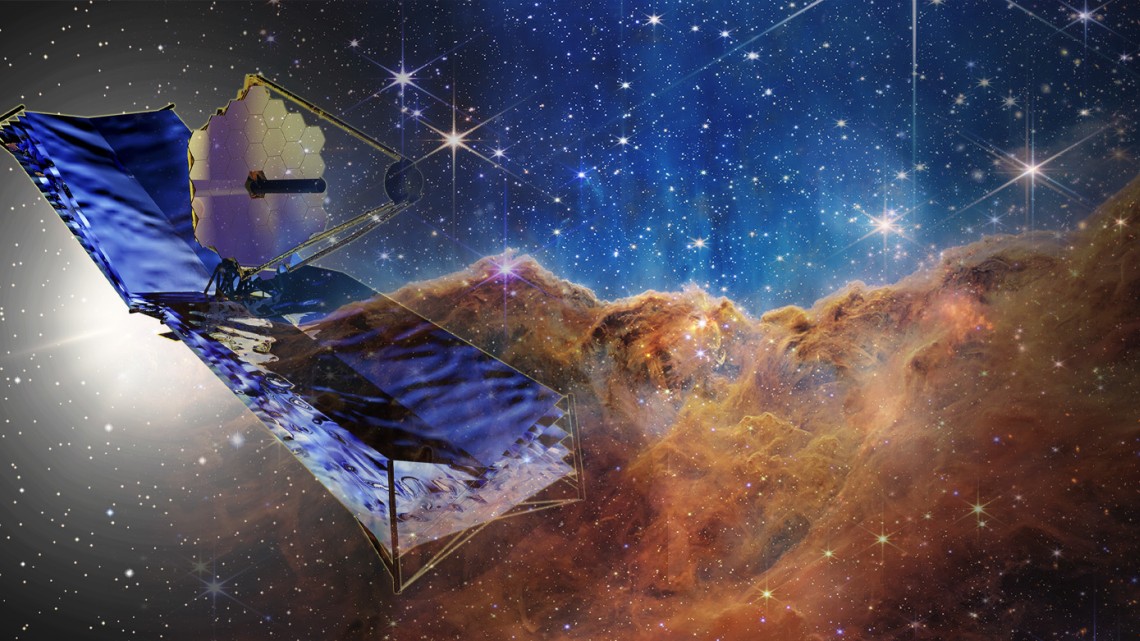
The newly-launched James Webb Space Telescope is the most powerful space telescope ever built. Its infrared observations will allow scientists to peer back in time to the formation of the earliest stars and galaxies, says Nikole Lewis.
News directly from Cornell's colleges and centers
Research in Focus: Nikole Lewis explains unique worlds among newly discovered exoplanets
By Jackie Swift
In 1995, astronomers found the first known planet around a sun-like star outside our solar system. The news caused a buzz of excitement around the world. Finally we had proof of a planet orbiting another star like our own—the stepping stone, perhaps, to finding extraterrestrial life in far-distant solar systems.
Now, as of 2022, close to 5,000 exoplanets have been found. “We’ve gotten to the point where missions like TESS [Transiting Exoplanet Survey Satellite], for instance, are monitoring so many stars that when we process the data, planets just fall out of it,” says Nikole K. Lewis, assistant professor of astronomy and the deputy director of the Carl Sagan Institute in the College of Arts and Sciences. “They just found 10 new planets today.”
The proliferation of new exoplanet discoveries is a gold mine for Lewis, a planetary scientist who studies the physics and chemistry that shape worlds beyond Earth. In particular, she looks for planets that exhibit relatively unique properties. “I like to find the unusual,” she says. “And then I think about how those unique processes may indicate something we scientists haven’t thought about before. I also explore why we don’t see those same processes happening on Earth, or maybe even on any of the other planets in our solar system.”
Read the full story on the Cornell Research website.
Jackie Swift is a freelance writer for the Office of the Vice President of Research and Innovation.
Media Contact
Get Cornell news delivered right to your inbox.
Subscribe

